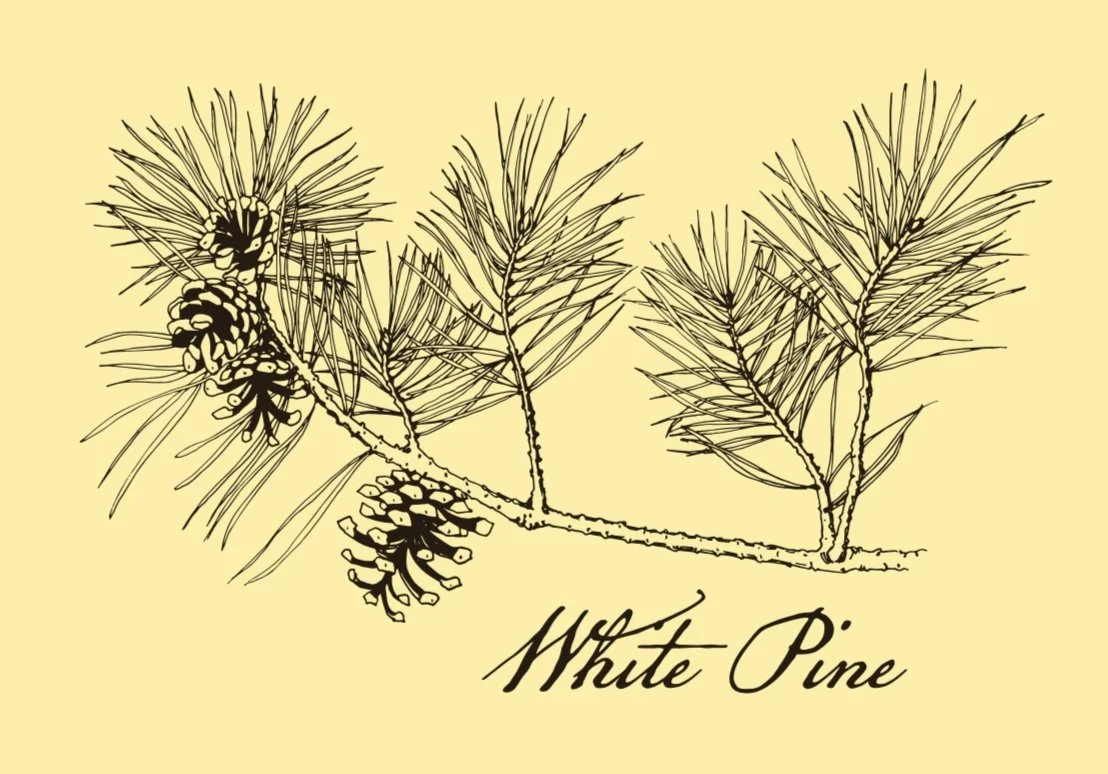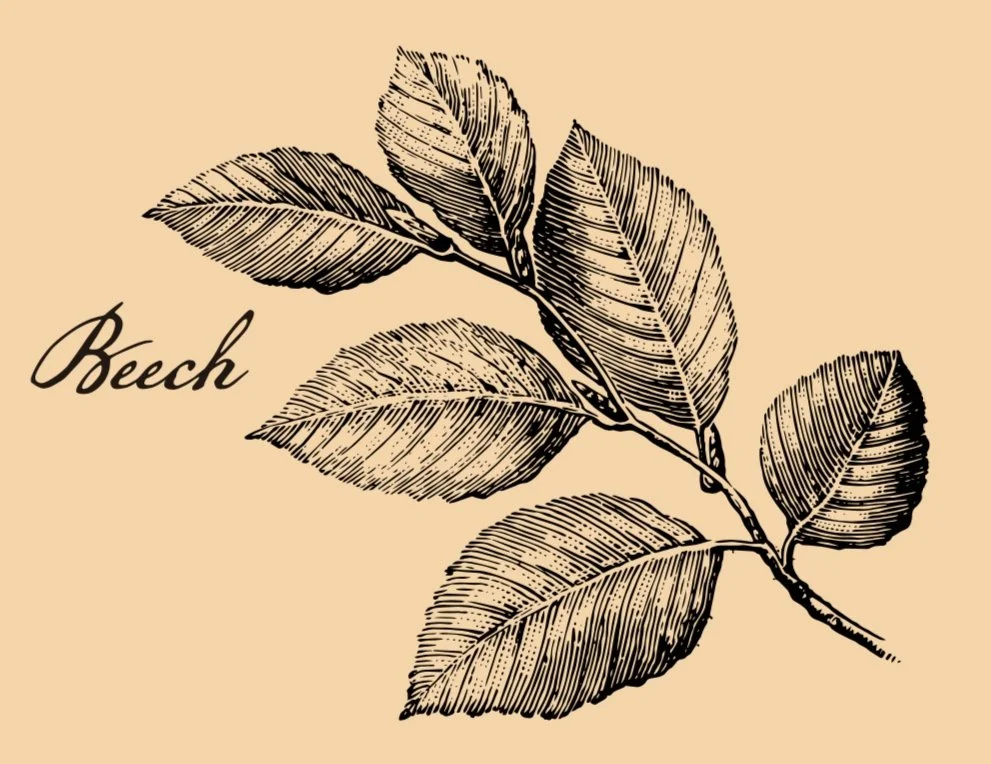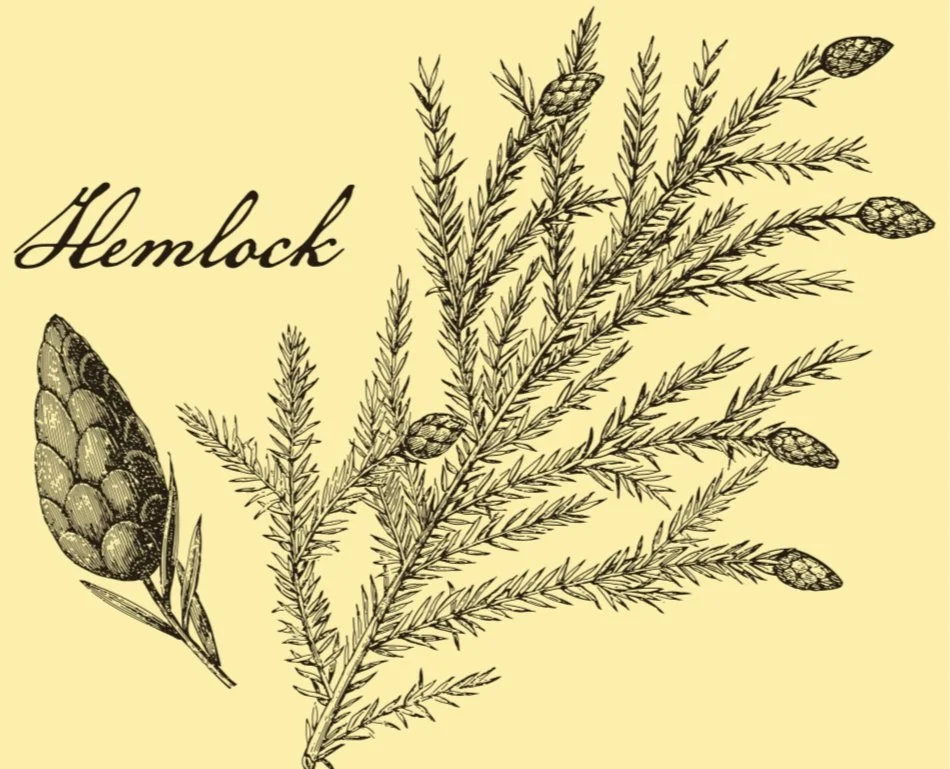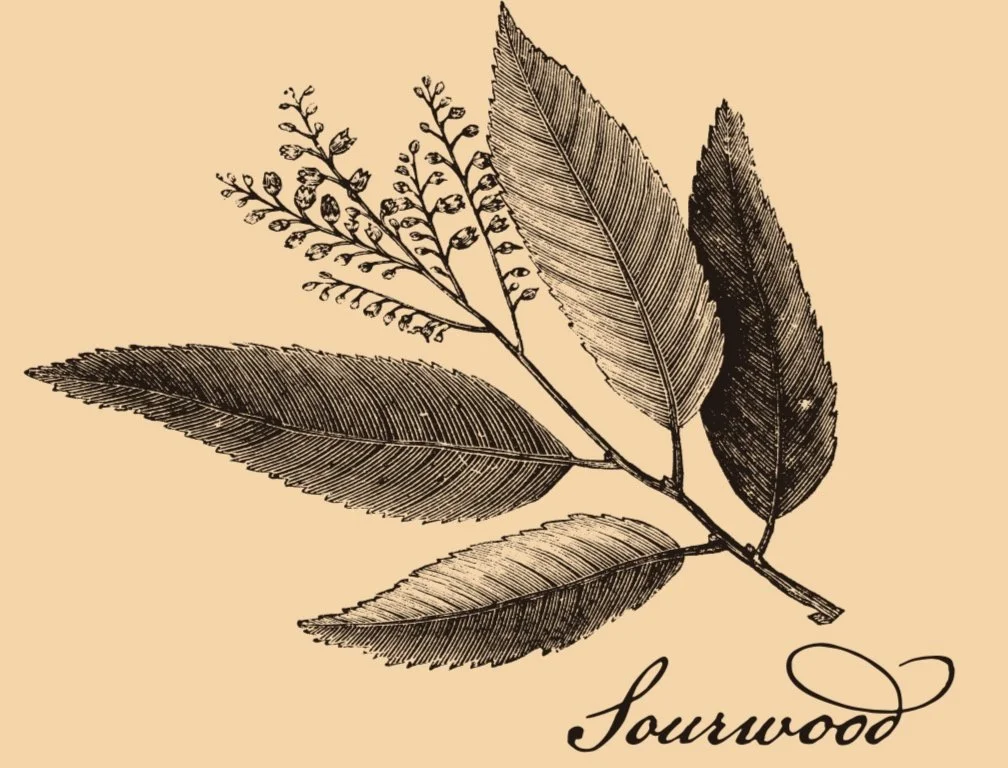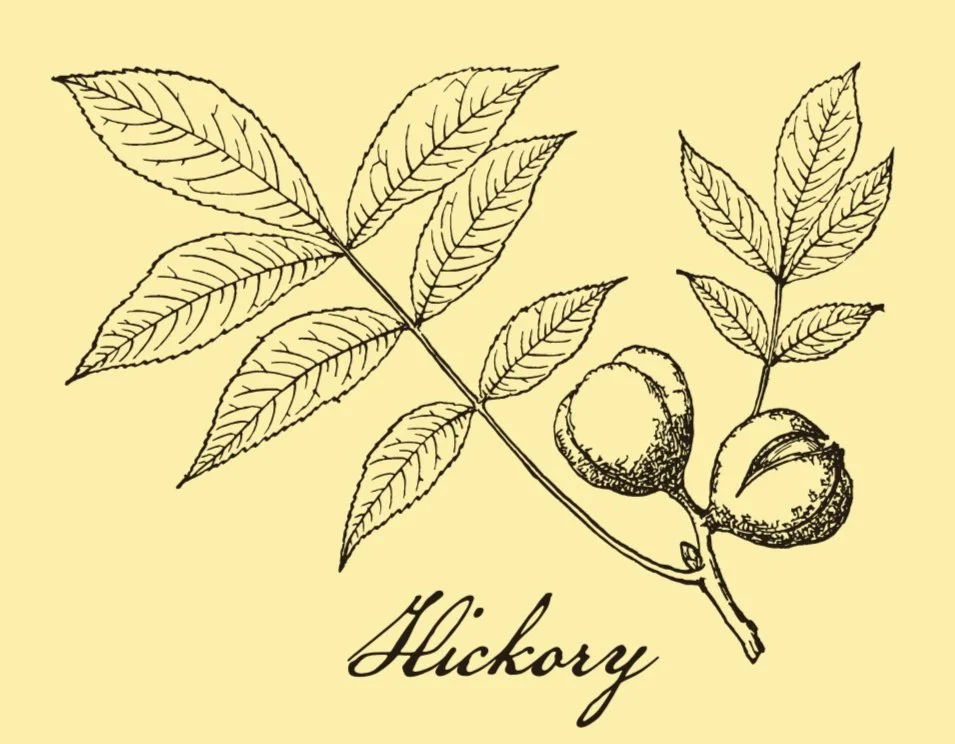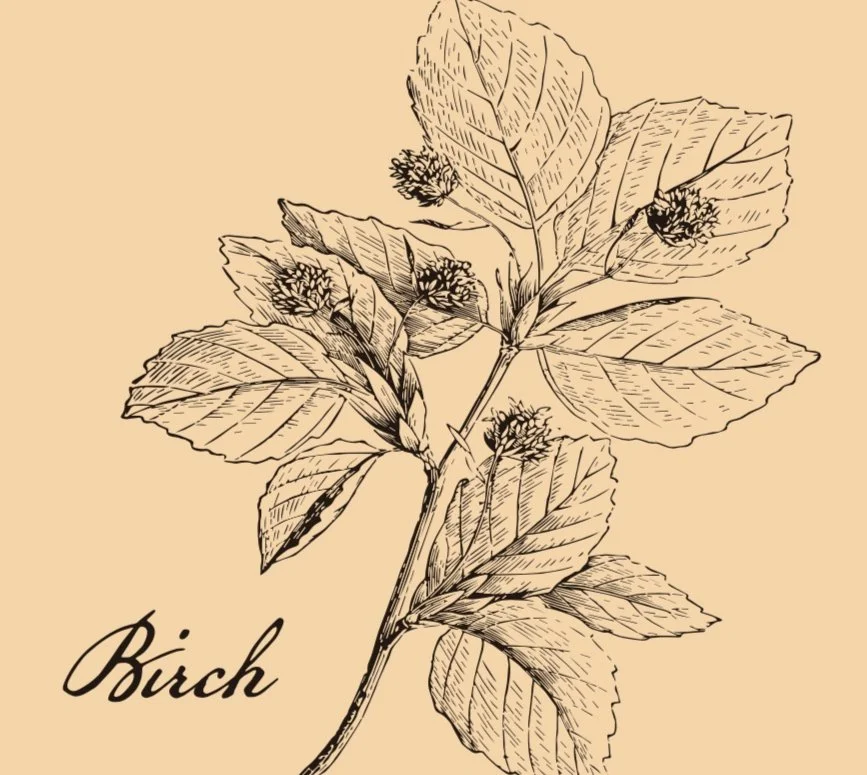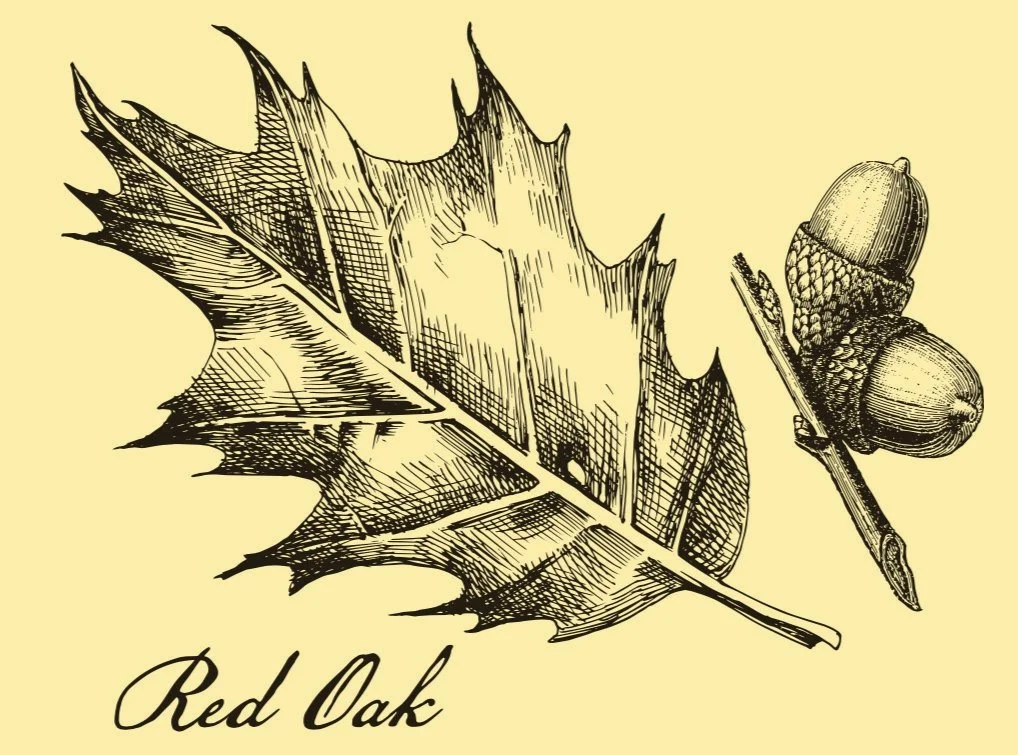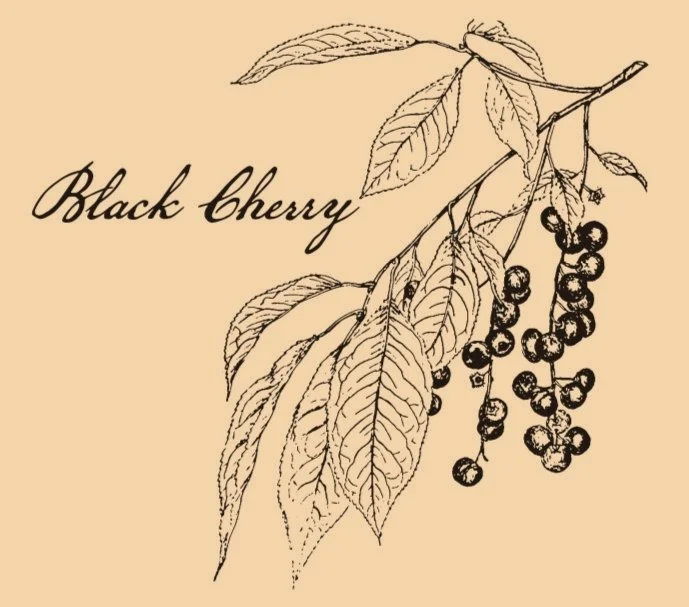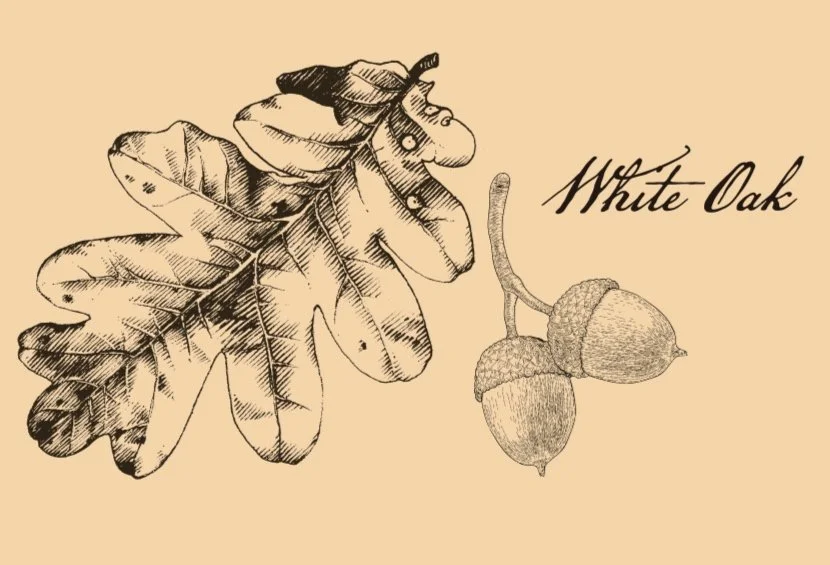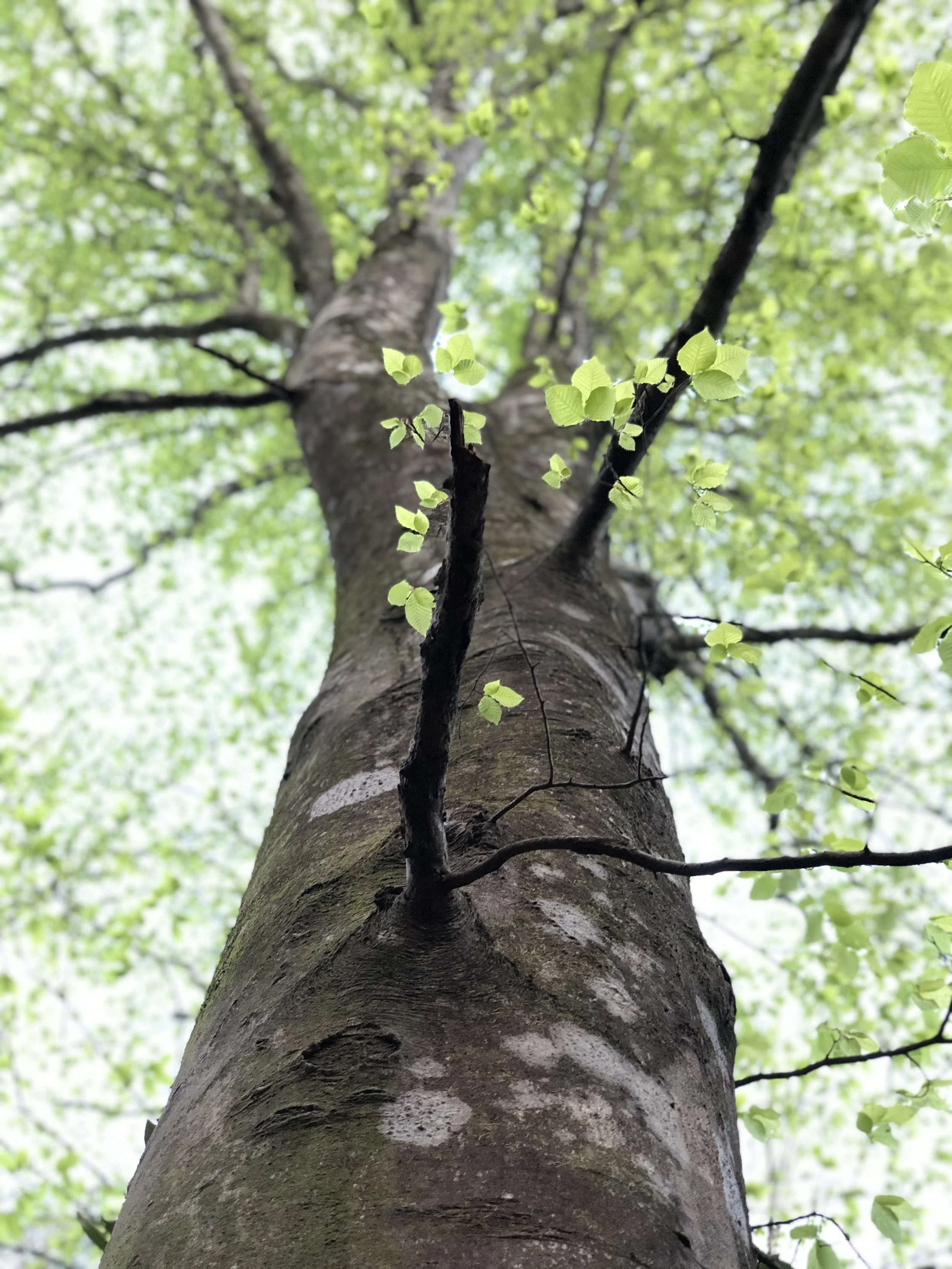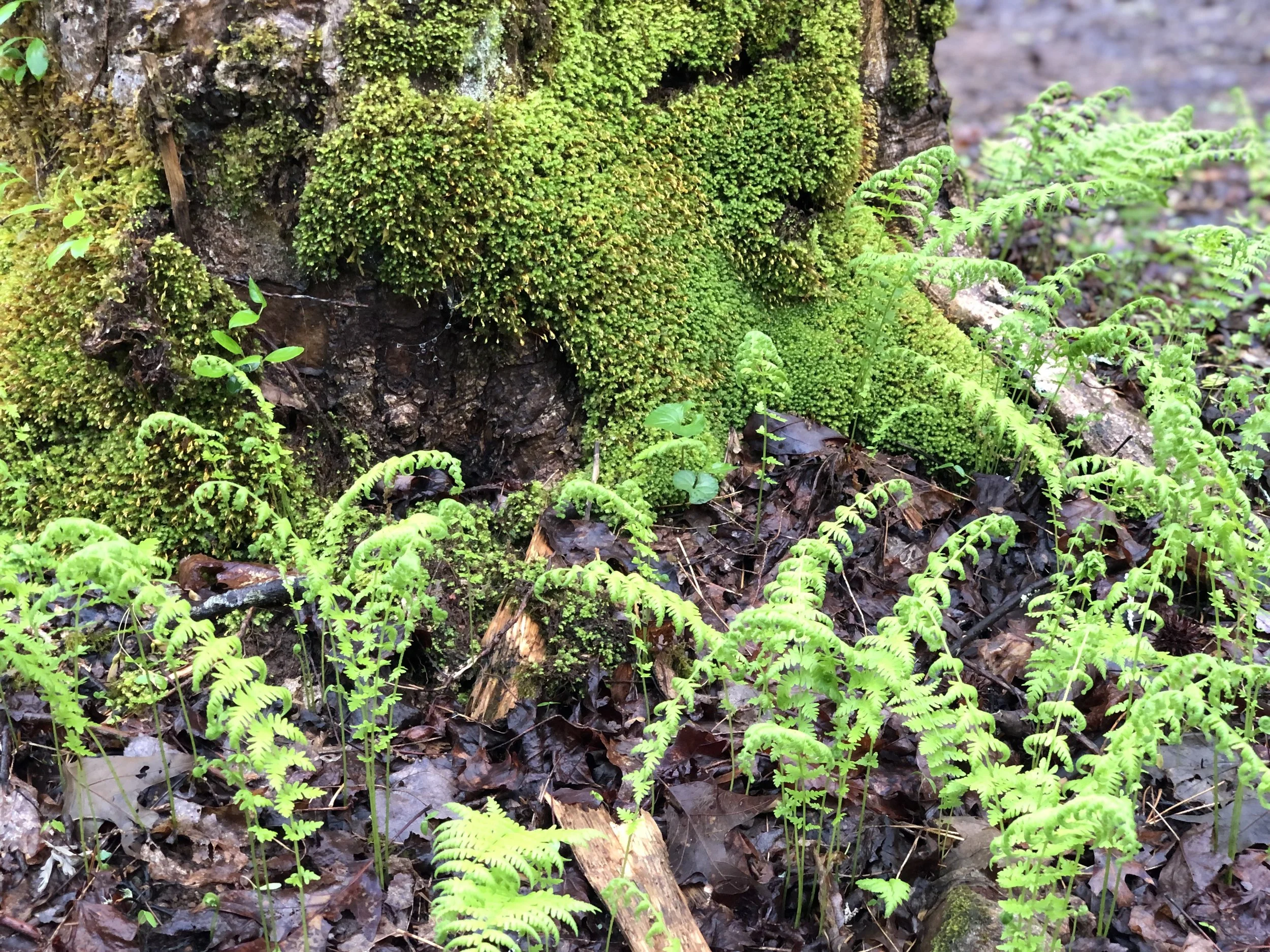Taliama Trees
Among the creeks and waterfalls, there is a dense canopy of evergreen and deciduous trees emerging from the acidic soil.
All four seasons of the year showcase beautiful species. In the winter, the evergreens are the feature, accentuated by the surrounding bare trees. In the spring, the rhododendron, mountain laurel and pink lady slippers bloom with a stunning variety of color. The summer is lush with all species, particularly the giant deciduous trees and lowland ferns. The fall is glorious as the entire forest turns golden while splashes of red, orange and yellow. Quite a sight to see.
According to Natural Communities of Georgia, Taliama is classified as an “Acidic Cove Forest.”
Blue Ridge Acidic Cove Forests are moist forests that grow below 3,500- 4,000 feet, most often in steep north-facing coves, within ravines and gorges, and on colluvial flats near streams. They have fairly thin, acidic soils, often because organic materials cannot grow deeply on the thin slopes these forest inhabit. Canadian hemlock has been an important component in the past, because it can root in the shallow soils and on rocks and fallen trees. Over time, the hemlocks grow large, and their needles, along with the leaves of other acid-loving, evergreen plants, help keep the soils acidic.
Indicator species: Eastern hemlock, Fraser magnolia, white pine, black birch, mountain laurel, great rhododendron, painted trillium, galax, Indian pipes and other ericads.
What's special: These coves, lush with evergreens and rhododendrons, have a cool, mysterious feel and are especially beautiful near streams and waterfalls. The evergreen hemlocks keep streams shaded and cool, which is important for aquatic life. Tragically, the hemlocks are under threat from the woolly adelgid.
Related communities: As sites become drier, they grade into Oak Forests. (Wetlands and Spray Cliffs communities are often embedded and intergrade with this community near waterfalls and streams. Fertile Cove Forests and Acidic Cove Forests will often intergrade, with species from both appearing in a single stand.)
As a partner with nature, we are working to incorporate biophilic design principles with all the built environment. Biophilia grew in awareness from the work and writings of one of my heroes - E.O. Wilson. In 1984, Wilson, a pioneer of evolutionary biology, published Biophilia, a work that explored the evolutionary and psychological basis of humanity's attraction to the natural environment. This work introduced the word biophilia which influenced the shaping of modern conservation ethics.






Plants
Plants are listed in order by scientific name.
Trees
Black birch Betula lenta
American (white) beech Fagus grandifolia var. carolina
Common silverbell Halesia tetraptera
Tulip-tree Liriodendron tulipifera
Fraser magnolia Magnolia fraseri
Umbrella magnolia Magnolia tripetala
White pine Pinus strobus
Northern red oak Quercus rubra
Eastern hemlock Tsuga canadensis
Shrubs and Vines
Mountain sweet pepperbush Clethra acuminata
Strawberry bush Euonymus americana
Smooth hydrangea Hydrangea arborescens
Mountain laurel Kalmia latifolia
Doghobble Leucothoe fontanesiana
Great laurel/Rosebay rhododendron Rhododendron maximum
Ground Cover
Wildflowers
White snakeroot Ageratina altissima
Fly-poison Amianthium muscitoxicum
Round lobed hepatica Anemone americana
Jack-in-the-pulpit Arisaema triphyllum
Devil's-bit Chamaelirium luteum
Pipsissewa Chimaphila maculata
Trailing arbutus Epigaea repens
Galax Galax urceolata
Downy rattlesnake plantain Goodyera pubescens
Shuttleworth's ginger Hexastylis shuttleworthii
Summer bluet Houstonia purpurea
Turks-cap lily Lilium superbum
Fringed loosestrife Lysimachia ciliata
Whorled loosestrife Lysimachia quadrifolia
Partridge berry Mitchella repens
Indian pipes Monotropa uniflora
Axillary goldenrod Solidago caesia
Star chickweed Stellaria pubera
Rue anemone Thalictrum thalictroides
Foamflower Tiarella cordifolia
Catesby's trillium Trillium catesbaei
Painted trillium Trillium undulatum
Halberd-leaf violet Viola hastata
Ferns
Southern lady fern Athyrium asplenioides
New York fern Parathelypteris novaboracensis
Broad beech fern Phegopteris hexagonoptera
All photos shown are taken by a variety of photographers while at Taliama.


